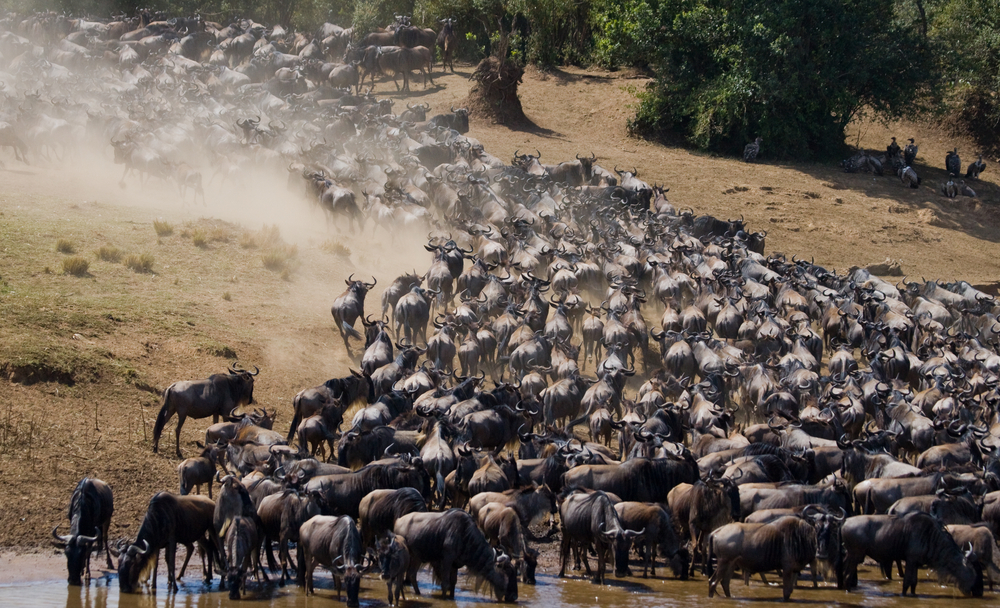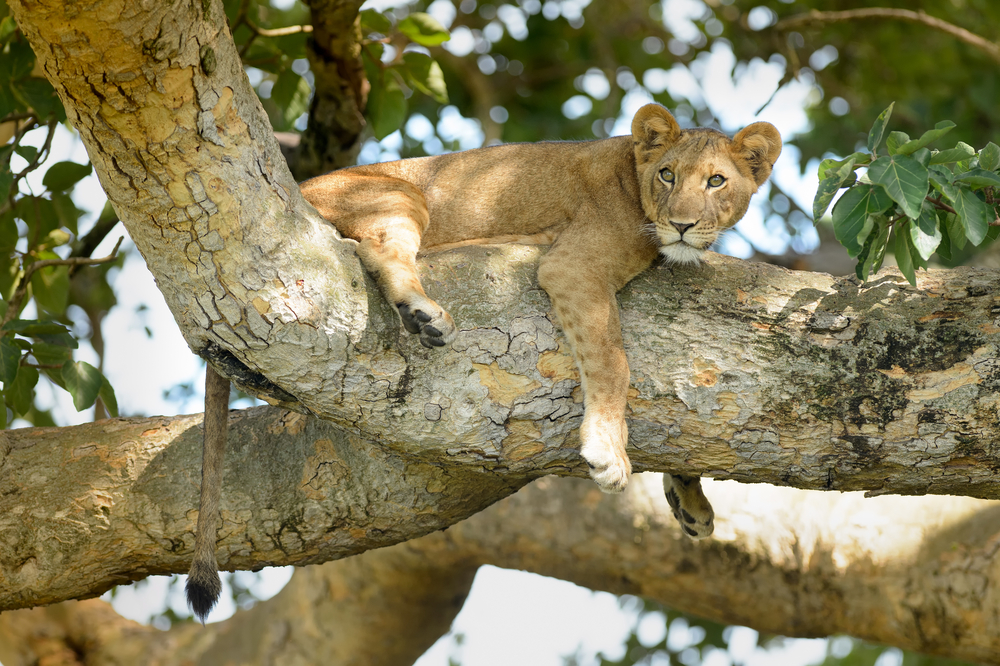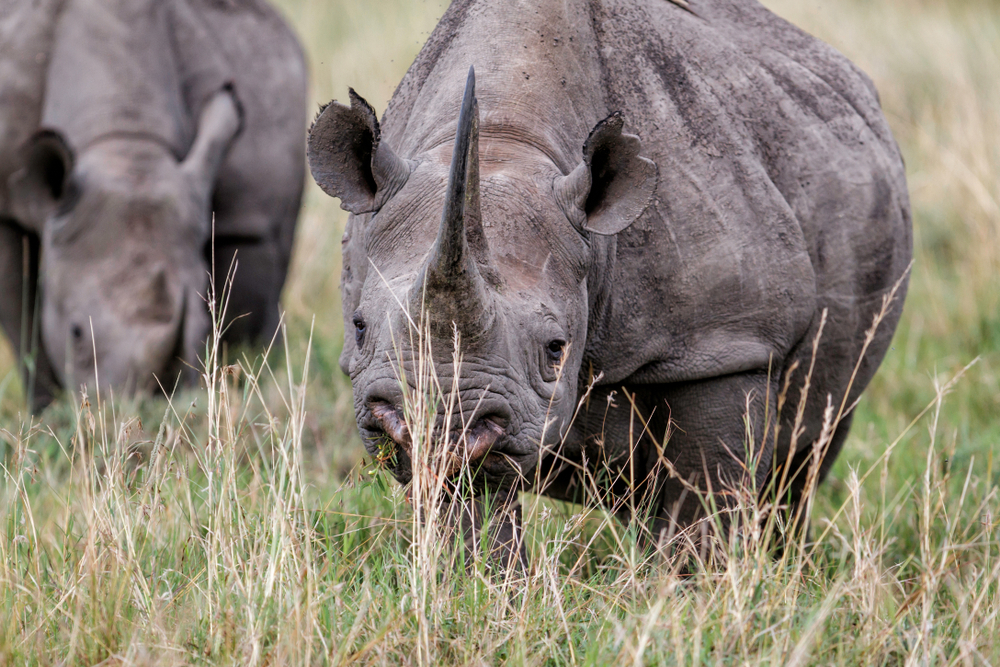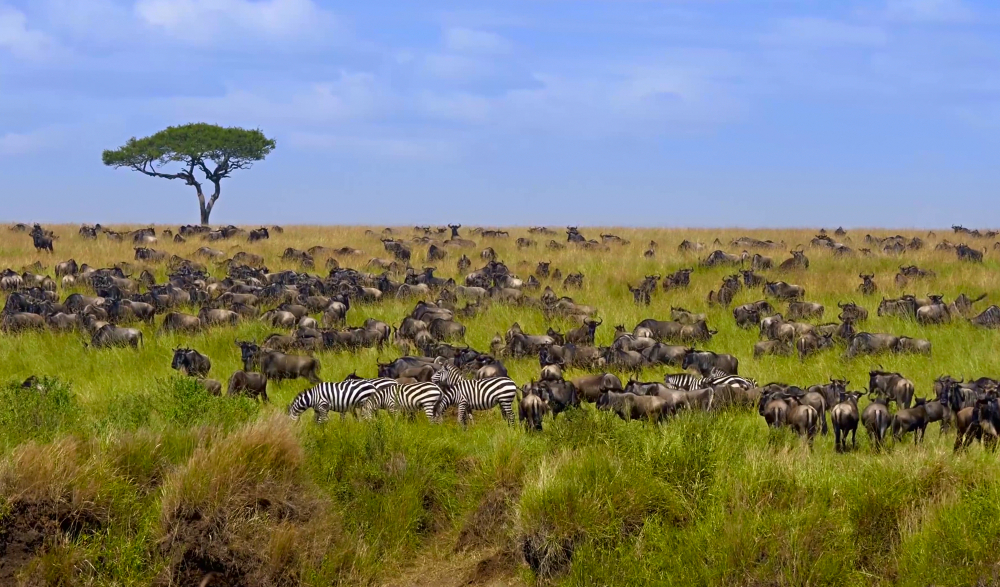If you’re an avid wildlife enthusiast, witnessing the Great Migration in Tanzania is a dream come true. But when is the best time to see the migration? Let’s explore the factors together to help you make the most of this awe-inspiring natural spectacle.
Technically, the wildebeest herd is always migrating. It has a circular path that travels through Tanzania, crosses the Mara River into Kenya, and then crosses back into Tanzania. This wildebeest herd of over a million wildebeests also has hundreds of thousands of zebra and gazelle.
Best Time to See the Migration based on Weather
Tanzania experiences distinct seasons, and the timing of your visit can greatly affect your safari experience. Let’s start with the weather considerations.
Dry Season (June to October): The Great Safari Weather
- Weather: This period is characterized by dry and sunny weather, with temperatures ranging from 70°F to 80°F (21°C to 27°C). The skies are clear, making it an ideal time for photography.
- Migration: The dry season is a remarkable time to see the migration. The herds gather in the Serengeti and make their way to the Maasai Mara in Kenya. Wildlife congregates around waterholes, making animal sightings more predictable.
- Mara River: This also features the exciting event of crossing the Mara River from Tanzania into Kenya. The herd has to navigate predators both on land and in the river.
Wet Season (November to May): Lush Landscapes and Calving Season
- Weather: The wet season brings occasional rains, transforming the landscapes into lush green expanses. Temperatures remain pleasant, but occasional showers are to be expected.
- Migration: The wet season marks the calving season, when thousands of wildebeest give birth to their young. This is a heartwarming spectacle, and it’s also a great time for birdwatching.
Best Time to See the Migration Crossing the Mara River

One of the most dramatic events during the Great Migration is the river crossings, particularly in the Mara River. Timing your visit to witness this spectacle can be a game-changer.
July to September: The Mara River Crossings
- Crossings: The Mara River crossings typically occur during the dry season from July to September. These crossings are iconic and dramatic as wildebeests and zebras brave crocodile-infested waters.
- Prime Viewing: If you want to witness this thrilling event, plan your visit during this time. Keep in mind that the exact timing of the crossings can vary each year.
- Unfortunately, the river crossing can even occur in October. The year’s rains or lack there of can influence the herds migration as the look for a greener savannah.
Best Time to See the Migration based on Prices and Crowds
Apart from weather and river crossings, your decision should consider budget and crowd preferences. It is hard not to factor in the river crossings; these are some of the most exciting things to witness. You can still see the herd’s migration anytime of the year, so this let’s crowds and finances become more valuable insights.
High Season (June to October):
- Prices: This is the peak tourist season, and prices for accommodations and safaris are at their highest. It’s advisable to book well in advance for the best options.
- Crowds: Expect more tourists in popular areas, especially during the river crossings. However, Tanzania’s vast wilderness means you can still find quieter spots.
Shoulder Seasons (November to May):
- Prices: During the wet season and shoulder seasons, you can often find special deals and discounts for accommodations and tours.
- Crowds: The number of tourists is lower during these months, providing a more intimate safari experience. It’s an excellent time to explore with fewer crowds.
Summary
The best time to see the migration in Tanzania depends on your priorities. If you’re keen on witnessing the river crossings and experiencing the Great Migration at its peak, plan your visit during the dry season from July to September.
For those who enjoy lush landscapes, birdwatching, and the calving season, consider visiting during the wet season from November to May.
Budget-conscious travelers may find lower prices and fewer crowds during the shoulder seasons and the wet season, making it an attractive option.
In the end, the best time to see the migration is a matter of personal preference. Whichever season you choose, you’re in for an unforgettable safari adventure, and the opportunity to witness one of nature’s most spectacular events in the wilds of Tanzania.
Photo Credits:
Image by gekkodigitalmedia from Pixabay





